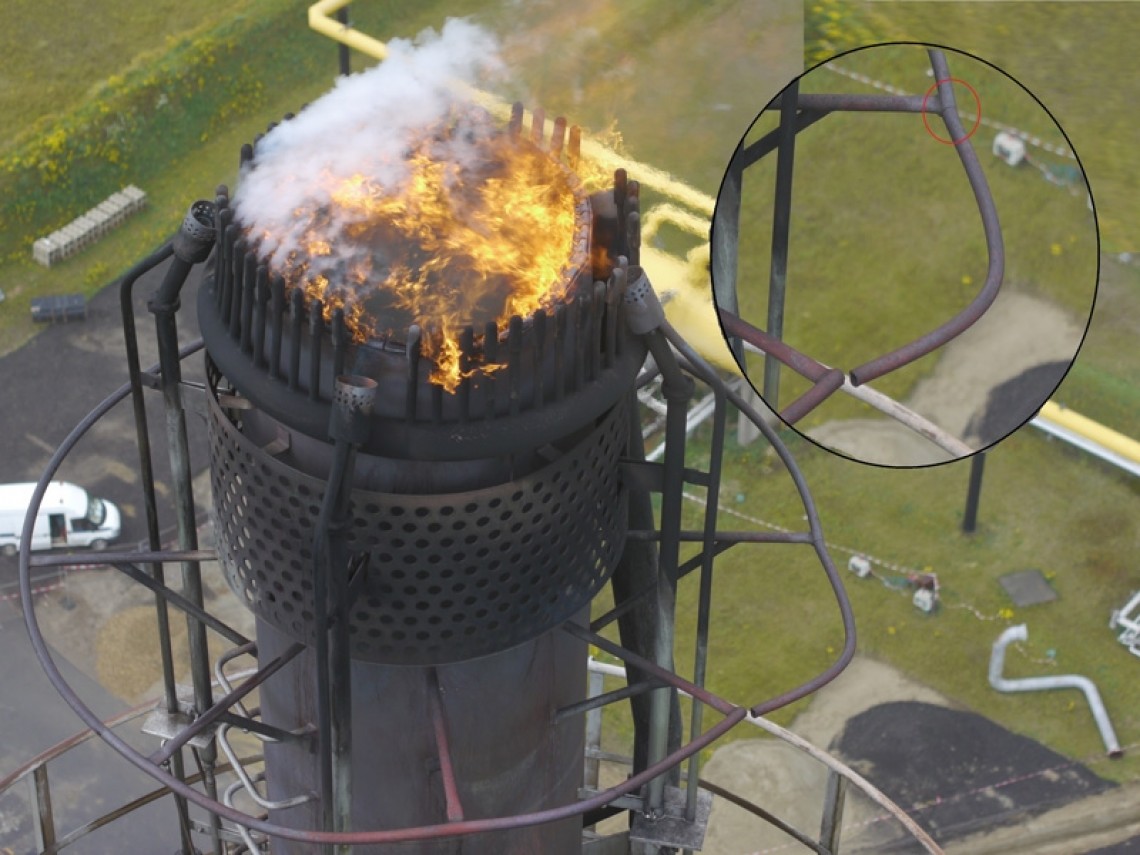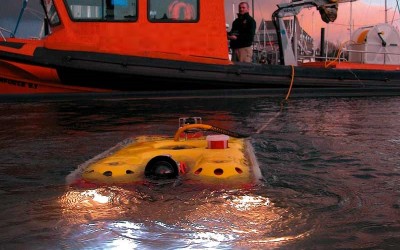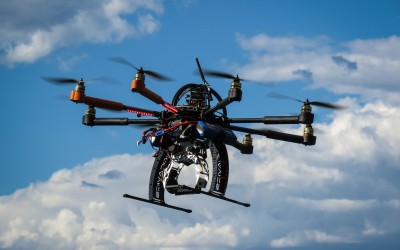Gas Burn-Off Stack Tip Inspection

Due to the size of the flare stacks and their central role in the oil industry, coking plants and landfill sites they must undergo strict and thorough inspections. Direct human intervention for inspection purposes creates a risk of injury and extends the working time. Drones can not only improve the workplace safety but also speed up the process of inspection and cut the costs for your company. Using our drones enables rapid detection of possible defects and a functional flare provides protection to the surrounding area from uncontrolled gas migration (explosion, poisoning, odor) and environmental protection through replacing the emission of more harmful flammable gases with the emission of less noxious gases.
Why choose us?
- Flare stacks’ inspection throughout Europe,
- UltraHD 4K video image quality with live video feed,,
- Highest quality FLIR brand thermal camera images,
- Recording the video material from the conducted inspection for further analysis,
- Image analysis conducted by a trained team of engineers,
- In case of emergency, thanks to our fleet of planes and helicopters we are able to get to any location in Europe within a few hours.
Drone inspection advantages:
- Safety – UltraHD 4K quality up close image without a man’s presence onto the flare stacks,
- Time saving – The system’s mobility and its ability to rapidly analyse gathered data reduces the time of defect detection and repair to a minimum,
- Cost saving – Drone inspection does not require putting out the flare stack in opposition to the traditional inspection carried out by human inspectors,
- High productivity– Low costs and short time of taking photos make for the most effective way of the flare stacks’ inspection,
- High quality inspection– our trained pilots are able to fly very close to the inspected object. Together with our engineers’ knowledge, we are able to rapidly locate and diagnose even a thermal related problem.
- The best thermal imaging equipment – using highest quality thermal imaging cameras we are able to detect defects arouse during transportation, storage or production.
Drone inspection disadvantages:
- Short flying time – short flying time due to low battery durability requires coming back to the starting point every 15-25 minutes. However, we have a lot of batteries as well as a mobile recharging station to ensure the consistency of inspections,
- Weather restrictions – considering relatively low weight of the drone and considerable amount of electronic elements we must not fly when the wind’s speed exceeds 18 m/s, when it’s raining or snowing.
 EN
EN  PL
PL NO
NO

